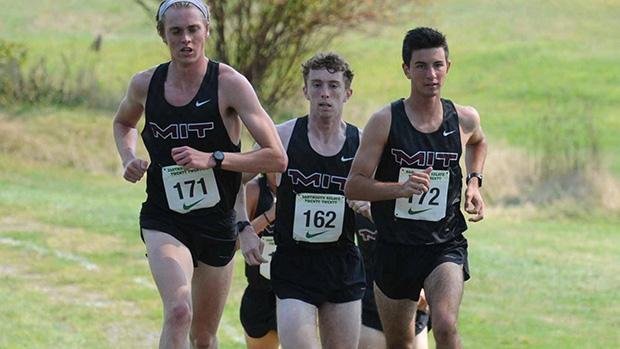How MIT Became An NCAA DIII Cross Country Powerhouse
By Tim Casey
Riley Macon often has trouble keeping track of all the inquiries. Each year, the MIT distance and cross country coach receives dozens of emails from high schoolers interested in joining the team and attending the school.
Who can blame them? MIT has a top-tier NCAA Division III program. More than that, it is a world-renowned university that's second in the U.S. News & World Report's most recent rankings of U.S. colleges.
It is considered the top college anywhere for people who want to pursue a career in the science, technology, engineering and mathematics (STEM) disciplines. Macon understands he's in a fortunate position -- in that he doesn't really have to sell anyone on the merits of an MIT degree.
The hard part, though, is getting kids admitted.
Macon says MIT doesn't give much preferential treatment, if any, to athletes. He doesn't know who will be attending until the admissions department makes its decisions in mid-December for those who apply early action and mid-March for those who apply regular action.
Despite that uncertainty, MIT has been able to field competitive teams on a national level for the past 15 years. That success began under Halston Taylor, who was head coach from 2007 to 2020, and then continued with Macon, who is now in his third year.
This past fall the men placed 8th and the women 11th at the NCAA Division III Championships. All of the athletes on both rosters have made it through a grueling process just to attend the school. Most MIT students have a score of at least 780 (out of 800) on the SAT math section and/or scores of at least 35 (out of 36) on the ACT math and science sections. They almost always have straight As in high school, too, according to Macon.
"Even if you have all that, you could be perfect on everything and still not get admitted," Macon said. "What MIT is trying to do is they're not trying to admit one particular type of student or one particular person. They're trying to admit a class that's very diverse from each other or within itself. It's hard to tell exactly who's going to get in and who's not."
Macon admits it's sometimes difficult when talking to recruits or their parents who want to gauge their chances of getting admitted. Prospective athletes every year choose to pursue other schools where they know they can attend by early in their senior year of high school.
Still, the pros outweigh any potential cons.
"The upside from the coaching perspective, as much as I wish I could give anyone any sort of guarantee, it's we tend to have recruiting classes and bring in people on our team that are not risk averse," Macon said. "They took the risk of applying to MIT, where there's no guarantee. It's like, they're going to take chances for what they want. That, I think, is a huge benefit athletically. In a race, sort of betting on yourself is a very important attribute. It's hard to get in, it's hard to get recruits to take the chance, but for those that do, it's a great fit."
"We're blessed at MIT with the name recognition -- we can get some talented runners," Macon said. "In a lot of ways, the younger women on this team are really well equipped to handle the ins and outs of the season, manage the stresses that go on with good days and bad days. All they have to learn is managing the chaos of a national meet because it is just a chaotic meet. So much of performing well at that national meet is how can you manage that chaos emotionally. That's what's going to be the biggest goal for this meet."

